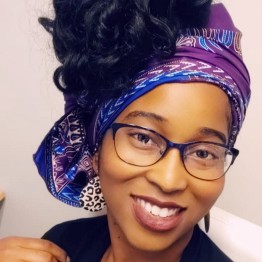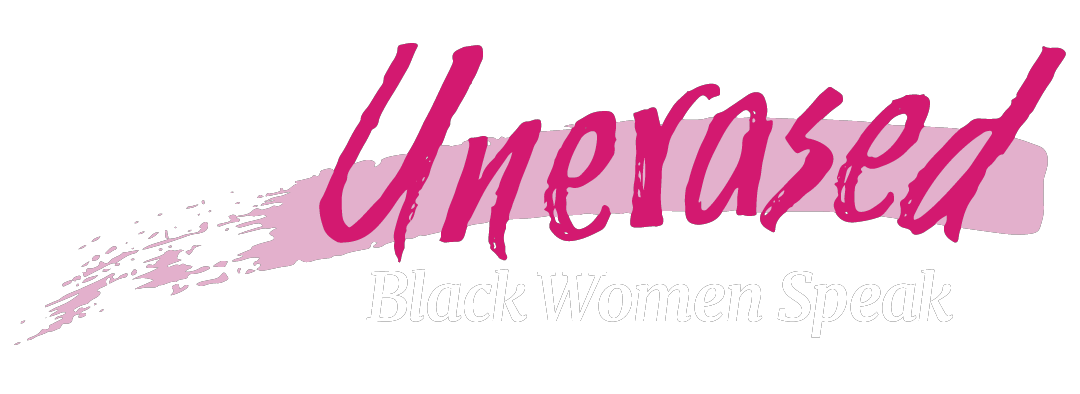
Casira Copes, BLK INK Editor-in-Chief
You’ve seen this woman before.
Maybe not this exact woman, but a version of her.
Lightly tan skin. Big loose curls. Definitely not a White woman. Maybe a Black woman? Mixed with some other race? The elusive Blasian?
It doesn’t matter. She is the Diversity™ you need for your next ad campaign. Ethnic ambiguity is in right now, and it’s time to capitalize on it. The ad was for skincare, right? Or maybe makeup. Something in the beauty aisle.
If you use a darker woman, White people won’t think your product is for them. You’re not trying to corner the “urban” market right now. (Besides, your products don’t really work on dark skin anyway, and no one needs to know that yet.)
But if you use all White women, Twitter will crucify you for your lack of Diversity, Equity, and Inclusion™. The R-word will be thrown out, and the PR agency you’ll need to clean up the mess will cost a fortune.
Yes, this woman is the solution.
So what’s the problem?
The scenario I painted above is what I can imagine runs through the minds of many a creative director and casting agent for ad campaigns. As someone who graduated with a degree in advertising, I know the importance placed on imagery and visual aesthetics with “wide appeal” to a target audience — something that’s somehow both apolitical but not so tone-deaf as to incur the virtual backlash of a nation. Not unless manufactured outrage is a part of your promotional strategy. (And we can’t knock the value of controversy in the news cycle, can we?)
It is within this capitalistic and socially ambitious space that colorism thrives.
Colorism is the practice of favoring people of color who have lighter skin tones over those who are darker. It’s distinct from racism (although obviously highly related), and an issue with a high degree of prevalence in the advertising industry. Adriana Waterston from the market research agency Horowitz Research discussed this in an essay last year entitled “‘Colorism,’ A Major Challenge to Advertisers and Networks”:
Perhaps in an effort to be pragmatic and attempt to resonate with multicultural audiences while not alienating “general market” (white) audiences, decisions are often made to cast lighter skinned or “less ethnic” Black or Latinx talent, and increasingly, racially ambiguous/mixed-race talent, in media and advertising.
As a Black woman, it’s obvious to me why this is an issue. But some people don’t understand the significance of skin tone as a spectrum. After all, anything that’s not white is good enough, right?
Not really. Within the colonial bounds of colorism, no one wins. Not mixed-race light-skinned people. Not monoracial dark-skinned people. It’s a lose-lose situation.
Turning light-skinned and biracial people into commodities
While colorism does favor people of lighter complexions across cultures globally in a way that affords certain benefits, exoticizing and fetishizing mixed-race people by valuing their aesthetics over their personhood is relentlessly harmful.
As Ashley McDonough stated on the popular website MadameNoire, “being deemed ‘exotic’ and having conditions to why you’re attractive (You are stunning! Are you mixed with something?) would be uncomfortable for anyone.” This form of dehumanization is often accompanied, especially for women, by fetishization that objectifies and views them as “pretty baby machines.”
It also inundates light-skinned people with endless variations of their all-time favorite question: “Sooo… what are you?”
The reliance of advertising agencies on presenting ethnic and racial ambiguity feeds into this fetishizing of lighter people of color by marketing their actual features alongside products. Recent trends in media have emphasized perfectly golden-brown skin and the coveted loose curl pattern known as 3C that is sometimes seen on mixed-race people. It’s a desirable look to culture-vulturing White observers, who look at biracial and multiethnic people like they’re fancy trinkets in a souvenir shop.
It’s why the likes of people such as Rachel Dolezal, Jessica Krug, and so many celebrities think that Blackness can be purchased and worn via spray tans and weave.
This inevitably presents various cultures, especially Black culture, as something White people can buy their way into. It’s why the likes of people such as Rachel Dolezal, Jessica Krug, and so many celebrities think that Blackness can be purchased and worn via spray tans and weave. White girls across the internet have been darkening their skin, plumping up their lips (and other body parts), and trying their hand at all manner of hairstyles in an effort to achieve the mainstream trend toward looking somewhat-Black, but not too Black.
After all, it wouldn’t be colorism if it actually valued dark skin.
Excluding dark-skinned and monoracial people
To dark-skinned people, and Black people, in particular, colorism in advertising presents the same message we’ve been fed for ages: “You look better with lighter skin and less kinky hair.”
It’s a message that often leads to greater degrees of internalized racism and self-hatred. Globally, skin-lightening creams and beauty products comprise large industries that profit directly off of these insecurities. A 2019 New York Times article about the fight to remove harmful, mercury-filled skin-lightening creams from Amazon’s marketplace discussed the disparities in treatment between dark and light-skinned people of color:
Black Americans with darker complexions are more likely to say they experience frequent racism. And dark-skinned women around the world are flooded with advertising telling them that white is beautiful…Colorism has serious mental and emotional effects that can be passed on through generations.
It’s a message that often leads to greater degrees of internalized racism and self-hatred.
The exclusion of dark-skinned people from the visual cultural landscape that advertising creates reinforces the idea that darker people are undesirable. Sometimes it all but states that in the copy. (Anyone remember those atrocious Dove ads?) It’s a notion that has a very real impact on things like incarceration rates and job prospects for people all over the world.
It needs to stop.
Society needs to do away with the idea that certain racial phenotypes correspond to values and ideals. Advertisers shouldn’t cast predominantly lighter-skinned people for campaigns just because they think light skin translates to a more marketable or wholesome image. There is no visual role in advertising that is unsuitable for dark-skinned people. Period. We can be soft, sweet, cute, elegant, sophisticated, relatable, welcoming, beautiful, rich, sexy, or anything else an ad campaign might call for.
Eradicating colorism and starting down a path of true acceptance of all skin tones begins by taking steps such as mindfully adding darker shades to the visual advertising mix. (Some companies are already there, but we have a long way to go.) Hopefully, then we will start to see a decrease in overtanning, skin-bleaching, and all other attempts to alter natural skin tones by those who buy into the artificial system of colorism that’s been sold to all of us.
We can only hope.



